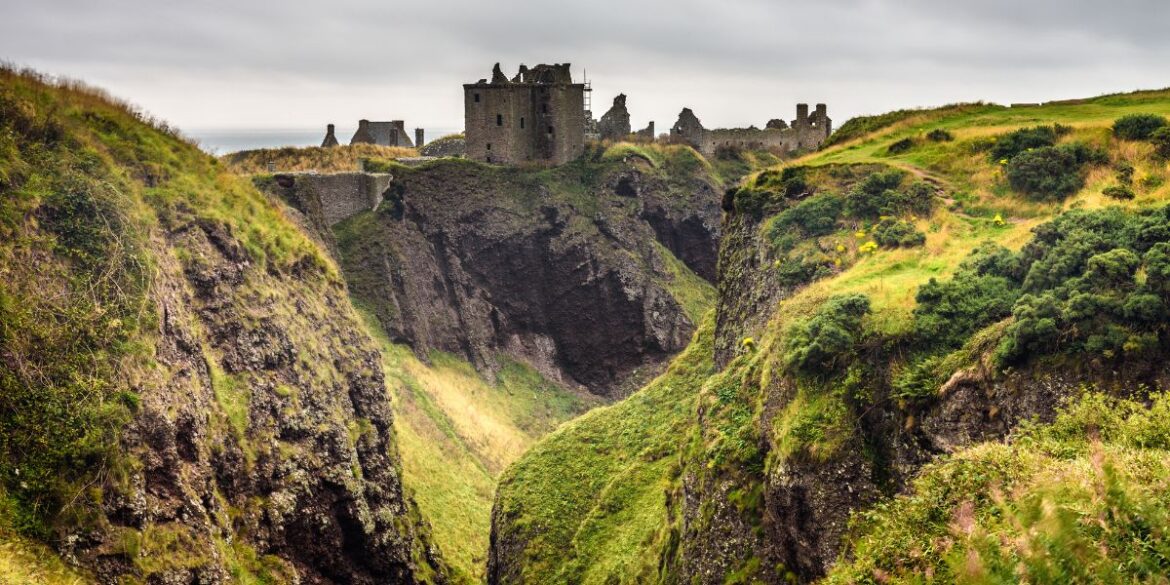Who Was King Constantine II of Scotland? A Detailed Historical Profile
King Constantine II of Scotland, also known as Causantín mac Áeda (Gaelic), reigned from 900 to 943 over the Kingdom of Alba, an early name for Scotland that first appeared during his lifetime. His era was pivotal in shaping the medieval Scottish kingdom amidst the turmoil of Viking invasions and dynastic strife. His kingdom’s core was around the River Tay, stretching from the Firth of Forth in the south to the Mounth in the north, and possibly extending towards the Moray Firth and perhaps to Caithness. This area included what would have been the old counties of Mearns, Forfar, Perth, Fife, and Kinross, with significant ecclesiastical centers like Dunkeld and St Andrews playing a crucial role in the kingdom’s religious life.
Early Reign and Viking Threats
Constantine II ascended to the throne following the death of his cousin, King Donald II, marking his entry into power during a time when the country was frequently threatened by Norsemen. His lineage has been traced back to the House of Alpin, a dynasty that had emerged victorious in a decade of instability following a significant defeat at the hands of Viking armies in 839, leading to Kenneth MacAlpin’s rise and the gradual foundation of what would become the Kingdom of Scotland.
Battle of Scone
His reign was characterized by significant military and political challenges, notably from Viking raids across Scotland. In 904, Constantine achieved a notable victory by driving the Vikings out of mainland Scotland following the Battle of Scone. This success, however, was not the end of his confrontations with Norse invaders. Constantine’s strategic alliances and military campaigns were a testament to his leadership during a period of incessant Viking pressures.
Battle of Brunanburh
One of the most significant events of his reign was the Battle of Brunanburh in 937, a monumental conflict that saw an alliance of Scots, Vikings, and Strathclyde Britons face off against the English king Athelstan. Despite the alliance’s defeat, this battle was crucial in defining the political landscape of the British Isles, confirming the status of England as a unified kingdom.
Reign and Administration
Constantine’s reign also saw significant domestic reforms, including the church becoming more Gaelic in its approach and the introduction of the system of Mormaer, which established earls or sub-kings responsible for parts of the kingdom. These reforms underscored his efforts to consolidate and strengthen the kingdom’s governance.
In an interesting twist of diplomacy and familial alliances, Constantine’s daughter married Olaf III Guthfrithson, the Viking King of Dublin. Although this alliance initially led to the joint defeat at Brunanburh, it represented a nuanced approach to dealing with the Norse threat through marriage ties.
After a long and eventful reign, Constantine abdicated in 943, retiring to the Culdee Monastery at St. Andrews in Fife, where he spent the remainder of his life until his death in 952. Despite his abdication, his reign remains one of the longest and most significant in early Scottish history, marked by battles for sovereignty, strategic alliances, and internal reforms that helped shape the nation’s medieval landscape.
Castles and Royal Residences
While specific details about where Constantine II lived and reigned are scarce, his rule likely centered around strategic locations that were pivotal to Alba’s defense and administration. Given the period’s fortification practices, it’s plausible that Constantine would have used existing strongholds such as Dundurn in Perthshire, a significant site for military and political activities, as mentioned in the context of his confrontation with Giric. However, there are no direct records of specific castles Constantine II definitively resided in, reflecting the era’s transient nature of royal residences and the lack of surviving contemporary records.
